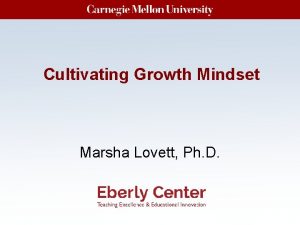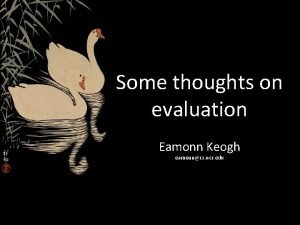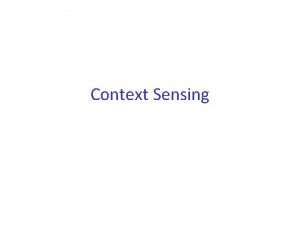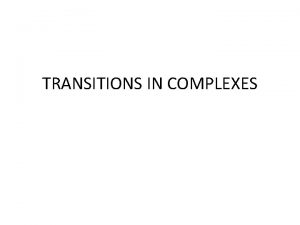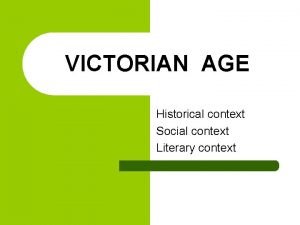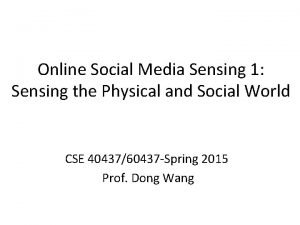Social sensing context transitions Tom Lovett and Eamonn







- Slides: 7

Social sensing: context transitions Tom Lovett and Eamonn O’Neill Department of Computer Science University of Bath BA 2 7 AY UK eamonn@cs. bath. ac. uk +44 (0)1225 383216

Social sensing: context transitions • What? Detecting the occurrence of a context change, e. g. location or activity change • Why? Improving user self-reporting tools, notification delivery, bootstrapping context-aware systems • How? Inferring context from motion sensing on a mobile device

Context transitions: challenges • What constitutes a ‘significant’ transition? • What are the limitations of a mobile device? – Power can limit sensor sample frequency – CPU (and power) can limit ‘online’ local processing • What sensors/sensor combinations are good indicators of a transition? • Can we detect transitions without expensive processing?

Context transitions: benefits • User self-reporting tools – Improve on current systems that use ‘random beeping’ or rely on user remembering to report • Bootstrapping – Lightweight detection can trigger context dependent processes • Context driven notifications and services – Beyond a research tool

Context transitions: how • Mobile device motion sensor fusion (beyond the accelerometer) • Binary yes/no – has a transition occurred? Not what has occurred • Tuning parameters, e. g. sensor weightings, to capture significant transitions and ignore the insignificant • Tradeoffs: power vs accuracy; spam vs information loss

Issues • The challenge of “social context” – e. g. several meetings in the same place (same activity, same location, different social context) • Are virtual sensors better social sensors? – e. g. users calendars, social networks • How may we legitimately sense social data in a privacy conscious world?

Thank you • eamonn@cs. bath. ac. uk • http: //www. cs. bath. ac. uk/pervasive




